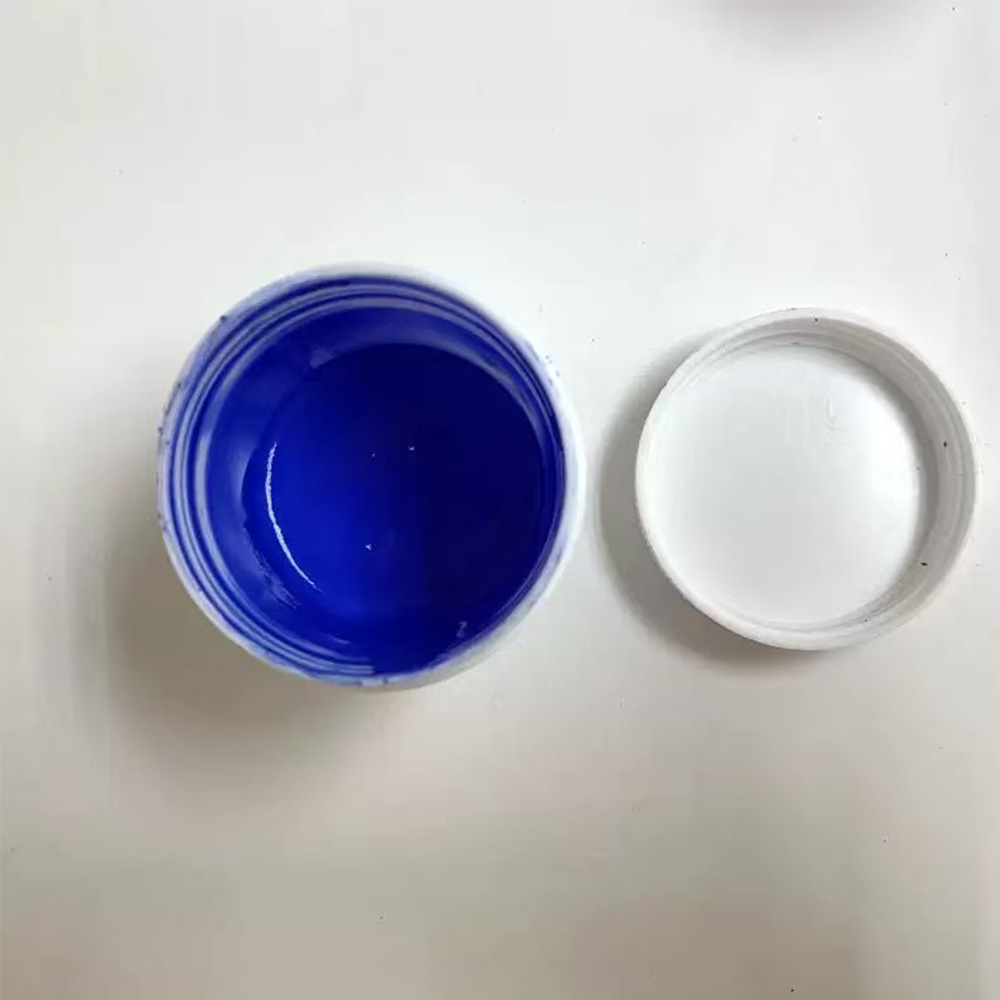Color-changing inks shift color when triggered by external stimuli—most commonly temperature (thermochromic) or UV light (photochromic). Thermochromic ink is a type of color-changing ink that shows or hides color when heated or cooled, and is popular for temperature cues, interactive effects, and basic anti-counterfeiting.
1) Thermochromic Inks — Change with Heat/Cold
What they are
Inks containing micro-encapsulated pigments that switch state around a set activation temperature, causing graphics to appear or disappear. Most systems are reversible—they return to the original color when temperature goes back.
Common types
Heat-activated (warm to change): e.g., graphic is visible when cold, then fades/turns clear at 15–65 °C when warmed (coffee cups, touch-to-reveal cards).
Cold-activated (cool to change): shows color at low temps (beer “cold is ready” indicators).
Liquid-crystal systems: show multi-band gradients across temperature ranges (more costly, used for precise indicators).
Great for
Temperature cues: hot/cold drink sleeves, bakery takeout, baby-bottle/food labels, cold-chain tags.
Interactive marketing: finger-touch reveals, rub-to-reveal hidden messages.
Simple security: marks that only appear at a specific temperature.
Selection tips
Pick the activation temperature first (e.g., 8 °C, 15 °C, 31 °C, 45 °C).
Ensure high contrast; use a white underprint on dark stocks.
Don’t overuse large areas; protect high-touch zones with varnish/lamination.
Expect fatigue/aging—UV and prolonged heat accelerate fade; avoid harsh exposure.
2) Photochromic (UV-Reactive) Inks — Change in Sunlight/UV
What they are
Inks that develop color in UV light (sunlight) and fade indoors or without UV. Typical behavior: colorless → colored or light → dark outdoors.
Great for
Outdoor interaction: hidden graphics/logos that appear in sunlight.
Quick security checks: UV-lamp verification.
Kids’ crafts/toys & promos: fun, participatory effects.
Notes
Strong/long UV exposure causes fatigue; avoid large outdoor-permanent coverage.
Light shades need white underprint to improve saturation.
3) Printing & Process Tips (Both Types)
Processes: screen, flexo, UV offset, and some digital spot applications. Screen delivers strongest coverage for small accents.
Layering: Place functional inks near the surface so the trigger reaches them; then test adhesion & rub.
Minimum detail: keep fine type/lines ≥0.25–0.3 mm so shapes stay legible after change.
Durability tests: run hot/cold cycles, UV aging, rub/abrasion (and wash tests if needed). Avoid prolonged >60 °C exposure.
Food proximity: for near-food areas, request low-odor and compliance statements; avoid direct food-contact surfaces.
4) Application Ideas
Cup sleeves/takeout: “READY TO DRINK” appears warm; “ICE COLD” appears for chilled drinks.
Beverage & dairy: cold-to-blue cue at best-serve temperature.
Gift boxes & cards: touch-to-reveal hidden greetings or icons.
Cosmetics packs: sunlight-activated surprises for social media engagement.
Quick-check security: micro graphics or frames visible only at target temp/UV.
5) Cost & Lead-Time Drivers
Ink type (thermo/photo; liquid-crystal), activation temperature and color availability, printing method & coverage area, protective coatings (which can affect sensitivity), and SKU/version count (more versions = more make-ready/testing time).
